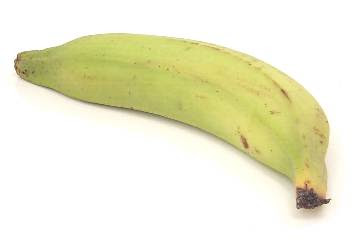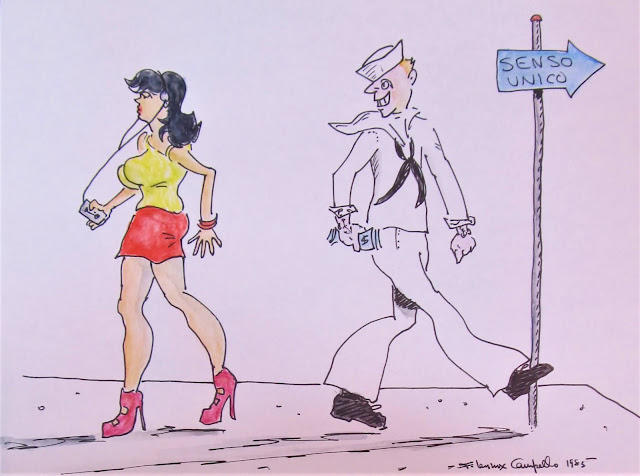An artist has a show and someone steals a piece of art. What happens next? With a signed contract, the artist would know ahead of time that either (a) the gallery has no insurance, in which case the theft is a full loss, or (b), the gallery has art insurance, in which case (a) the gallery puts a claim in with the insurance company, or (c) the artist deals directly with the insurance company. And, by the way, in the event that there’s insurance, don’t expect to get the full value of the stolen work, but in most cases (and policies) only the 50% commission that you’d have received in the event that the work had sold instead of being stolen.
Talking about commissions; how do you know, other than a handshake, what the gallery’s commission is? Let’s say that you are told that the commission is 50% (the general standard for independent commercial fine arts galleries around here). Is that 50% of the price of the piece or 50% of the final sales price? I know of at least one (now closed) major DC area art gallery that has a record of really screwing artists by giving them 50% of an agreed price for a piece; however, the gallery also often sells the piece for a lot more money to its out of town collectors and keeps the difference. Here’s how it works. The artist agrees to sell the photographs for $500 each and thus expects a commission of $250. The unethical gallerist sells some for $500, and some to its out-of-town clientele for $1000, but gives the artist the same $250 commission on those sales.
But let’s say that you have approached a gallery, and show them the works, and discuss representation, and the gallerist agrees to hang some of your work in his next group show. You are not sure if you are “represented” in the sense of the word as you understand it, but shake on it and prepare for your first appearance in a well-known gallery and invite all of your family and friends. At the packed opening, your second cousin-once-removed is admiring one of your huge watercolors, which are tacked onto the wall in a really cool post-post-post-modernist style. He leans forward to admire your brushwork and accidentally spills his white wine onto your watercolor, immediately making your representational work of art into a messy abstraction. What happens next? Does insurance cover damage? Is there insurance? Is that the guy who spilled the wine making a dash for the door?
Having learned your lesson, at your next opening you resign yourself to getting your new work framed and spend a ton of money getting them framed at the most affordable (in other words cheapest) possible way, but still spend a considerable amount of shekels -- because as everyone knows, framing is very expensive (unless you attend the Campello Boot Camp for Artists Seminar and learn how to cut framing expenses by 80%). When you deliver the works to the gallery, the gallerist goes into fits about your gold leaf rococo frames from Target and silver acidic mats and refuses to hang the work. A good contract would have specified ahead of time all issues dealing with framing and presentation standards.
Having calmed down, the gallerist then offers to re-frame all the work for you. You accept with a sigh of relief, and at the opening your 20 newly framed watercolors look great in the 8-ply pH-balanced, acid free mat board, under UV glass and Nielsen mouldings and backed by half-inch, acid free, pH-balanced foam core. You sell four pieces and are happy that things worked out in the end. A few weeks later you get a huge bill in the mail from the gallery; it is what remains of the framing bill after the gallery applied all of your commission to the total framing bill. A good contract should also specify the economic who’s and what’s of any framing done by the gallery.
Your relationship with the gallery is now seriously on the rocks, but then you are told that a review in DC Art News will come out soon. Three months after your show has closed the review finally comes out in DC Art News and it’s a good one. A young computer geek in Bala Cynwood, Pennsylvania, who is waiting to see his doctor for his annual physical reads that DC Art News review in his phone while waiting in the doc’s office, sees the nice reproduction of your work and after he goes home, looks you up on the Internet and contacts you directly and tells you that he read the review of your gallery show in DC Art News and wants to buy the painting reproduced in the magazine. You sell him the painting and put all your money in the bank. Sixteen minutes after the painting is delivered to Bala Cynwood, the gallery gets a call from a collector in Spokane, Washington who has also read the DC Art News review and wants to buy that painting. The gallerist calls you and tells you the good news. You are ecstatic that two people want your painting, but then you tell the gallerist that someone else in Bala Cynwood read the review and that you sold the painting to that person. The gallerist congratulates you on the sale and then asks you to make sure that you send him the gallery’s commission. You are confused because you had no idea that you owed the gallery a commission.
Your review in DC Art News has opened a few doors for your artwork and you are invited by a non-profit art venue to have a solo show at their space in a year. You are pleased and tell everyone, including the gallerist, who informs you that because his gallery represents your work, you are not allowed to exhibit anywhere else in the city, or maybe the area, or maybe the state, or maybe the US, or maybe the world.
Then your alma matter, impressed with your artistic prowess, invites you to a group show of alumni artwork in the school’s gallery. Since you attended art school in another state, you are pretty sure that it will be OK to show there, because after the last confusion, you discovered that the gallery had exclusive representation for your work only in DC, MD and VA (known to locals as the DMV - an acronym that I invented decades ago), and your art school is in Brownsville, Texas. You tell your gallerist, and because he has never heard of Brownsville, Texas, he looks it up in the Internet and then he informs you that if you exhibit your artwork in “certain places” it will bring the reputation of the gallery down and thus the gallerist doesn’t want you to exhibit in Brownsville, Texas – or anywhere in Texas, Arkansas, and Nebraska for that matter... or any state that voted for Trump!
You beg and plead because you really want to impress your ex-girlfriend in Texas, and the gallerist allows you to include one piece in that alumni show, but makes it clear that he needs to be consulted on any and all exhibitions of your work. And so you exhibit your best piece in Brownsville and a New York gallerist, who happens to be a Robert Ervin Howard admirer, visits Brownsville to pay homage to REH's birthplace and decides to check the local yokels show at the art school. Because your immense watercolors are the largest works in the show, they catch his attention and he jots down your name. Weeks later his intern calls you and tells you that they want to show some of your work in their next group show. This is really hitting the big time, and you announce to your gallerist that a big shot New York gallerist is including you in his next group show. He congratulates you and reminds you that you owe him 10% of any sales made in New York, or in Brownsville, Texas, or anywhere for that matter. You rant and rave and ask why, and he tells you that the reasons for your recent success all lead back to the exposure that he has given you. You demand to know why none of this stuff was made clear from the beginning. The gallerist answers that “everyone knows this,” and that he “likes to operate on a handshake and without a contract.” You then realize that you have him by the balls, since you have no signed contract with him or his gallery, and tell him that you are leaving. He says some threatening stuff about verbal contracts, but you walk away anyway, wondering how you are going to get back the six paintings of yours that your soon-to-be-former gallerist still has in storage.
Nonetheless, New York is New York, and you go visit the big shot New York gallerist and meet with him, and over a handshake he agrees to put you in a group show and tells you that his commission is 60% - You are not sure if you are “represented” in the sense of the word as you understand it, but shake on it and prepare for your first appearance in a New York City gallery and invite all of your family and friends...
Goback to the top of this post...






